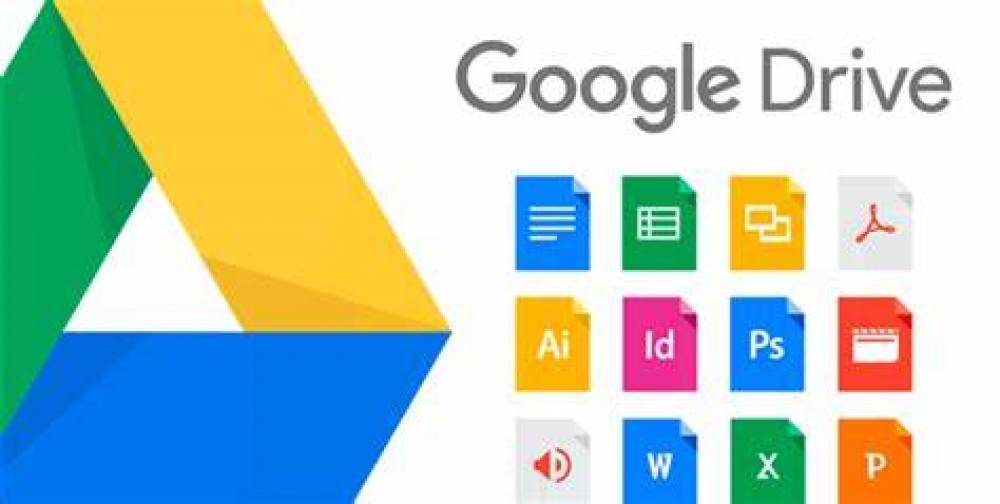
How To Avoid Google Drive File Sharing Spam
How to Avoid Google Drive File Sharing Spam
Spam is one of the issues that we encounter when we surf the Internet. The norm is that it reaches us via email, which includes all the junk e-mails we receive on a daily basis, but also via other channels such as SMS, social media, and so on. Among them is Google Drive, the cloud-based storage platform. We'll explain what this issue is and how to avoid Spam in Drive.
Why Is Spam an Issue in Drive?
Spam is a general term that refers to all spam or junk messages that we receive. At times, this is simply irrelevant advertising, but at other times, it can result in a genuine security issue. This is because they can use a simple email to sneak malicious links or even malicious files that we download and install.
In the case of Google Drive, the issue is analogous. While it may appear that spam cannot reach this type of cloud storage, the reality is that it can. They could share files with us in the same way that any other legitimate user would. This can be as simple as advertising spam, but it can also be more serious.
If you share files of this type with us to promote a product or website, it is likely to be for promotional purposes only and has no impact on our privacy or security, aside from the inconvenience it may cause. However, it is possible that the files they are sharing are malware designed to steal passwords or collect data.
As a result, Spam becomes a significant issue for Drive. As is the case with email or SMS, it is critical to factor this in and minimize it as much as possible. This way, they will be unable to use it to trick us into clicking on something we shouldn't, downloading a virus, or landing on a page that is actually Phishing and attempting to steal our passwords.
What to do to avoid Google Drive spam
Therefore, can we do something to prevent spam from entering Drive? The truth is that yes, because the service itself incorporates a feature that we can utilize. This will prevent us from receiving shared files in which we have no interest, which, as previously stated, could become a significant security risk.
We're going to walk you through the process of reducing spam on Drive. We will not require any additional software, but will simply make use of the configuration that this platform already has.
Navigate to the Shared with me tab
The first step is to log into Google and navigate to Google Drive. There, we'll see all of the content we've stored, as well as the various configuration options. Shared with me is one of the tabs on the left. That is the one in which we are interested.
There, we'll see all of the files that have been shared with us and that we haven't deleted. They can appear to be legitimate or spam, which we want to avoid. The latter are those that will pique our interest.
Lock files in Google Drive
To avoid receiving spam files in Drive, we simply need to select the one that piques our interest. Simply click on the corresponding file with the right button of the mouse; a drop-down menu will open, and we must click on Block this contact.
This enables the blacklisting of emails that have shared a particular file. This way, we will stop receiving shared documents from you and will be able to avoid spam. It is essentially the same thing as what we can accomplish with Gmail's or another provider's spams filter.
Inaccessible files
Bear in mind that these files, as well as anyone who shared that contact with us previously, will be completely inaccessible. We will be unable to edit, read, or otherwise process your submission.
This would also occur if we had previously shared something with that contact or wish to do so in the future. It has been blacklisted automatically and renders files inaccessible. However, we can unblock that user at any time and everything will return to normal.
Can we secure the account and prevent spam?
We've seen how to avoid Spam in Drive and prevent additional junk files from being received. Now, can we think of another way to avoid this situation? After all, if we receive shared files of this nature, it is because they have determined our account's identity in some way.
One of the most critical pieces of advice is to avoid making the email address associated with Drive public. For instance, it is critical to avoid making it accessible to anyone on the Internet, including humans and bots. This occurs when we write in an open forum and include our email address. The same thing would happen if we added a comment to an article on a website and were careless with how the data was displayed.
However, you must emphasize the critical nature of account security. That is, we must employ a strong password that deters intruders. That key must be completely random, unique, and contain both uppercase and lowercase letters, numbers, and other special symbols.
On the other hand, by protecting our computers, we prevent them from learning personal information such as our e-mail addresses. We can use a good antivirus program, such as Windows Defender, which comes pre-installed on Microsoft's operating system, or we can use another program, such as Avast, Bitdefender, or Kaspersky.
As a result, spam is a concern when using Google Drive. Whenever we use this cloud storage service, we must be aware that security issues may arise and that our data may be compromised. We've seen how to block spam and some tips for avoiding our address being used for malicious purposes. Increasing protection equates to avoiding junk files that are harmful to us.

